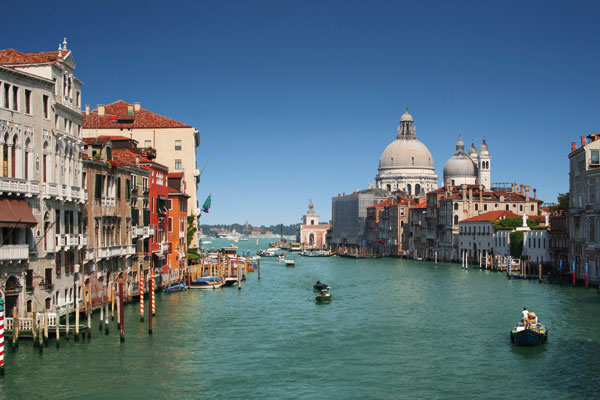Second Wave Threatens Recovery: ETC Report

According to the European Travel Commission’s latest quarterly report, “European Tourism: Trends & Prospects” for Q3 2020, a new surge in Covid-19 cases and the reintroduction of travel restrictions have halted European tourism recovery with international tourist arrivals to Europe down 68%[1] halfway through the year relative to 2019.
The ETC has been monitoring the evolution of the pandemic throughout the year and analyzing its impact on travel and tourism.
It points out that the easing of pandemic restrictions across Europe led to a slight pick-up in July and August 2020 compared to earlier months, signalling people’s enthusiasm and desire to travel again. However, the recent re-imposition of lockdowns and travel restrictions has quickly halted any chance of an early recovery. Looking at the months ahead, heightened uncertainty and downside risks continue to dampen the outlook with European arrivals set to decline 61% in 2020.
Following the release of the report, ETC executive director, Eduardo Santander observed: “As the second wave of the COVID-19 pandemic grips Europe and in advance of the winter season, it is now more important than ever that European nations join forces to agree on common solutions, not only to curb the spread of the virus but also to support tourism’s sustainable recovery, restore travellers’ confidence, and most importantly protect the millions of businesses, jobs, and enterprises that are at risk, so they can survive the economic fallout.”
And Santander added: “The direction of the economic recovery across Europe will depend significantly on the recovery of the tourism sector, a sector which generates close to 10% of the EU’s GDP and accounts for over 22 million jobs.”
Digging deeper into the above numbers, Mediterranean destinations Cyprus and Montenegro saw the steepest falls in arrivals at a distressing 85% and 84% respectively, attributable to a higher dependency on foreign travellers. Among the other countries most impacted are Romania where arrivals plunged 80%; Turkey (-77%); Portugal and Serbia (both -74%). Island destinations, Iceland and Malta (both -71%) also performed poorly, challenged by their geographical location and strict border restrictions.
On the contrary, Austria appears to have benefitted from pre-Covid-19 winter travel at the start of the year, resulting in a decline of just 44% for the year to September. A greater reliance on short-haul trips also placed Austria in a strong position to attain a less volatile recovery as restrictions in the country have eased much quicker than other countries.
This further highlights the need for member state cooperation across Europe as the disparity of approaches regarding travel restrictions has depressed travel demand and consumer confidence. A recent survey by IATA suggests that travel restrictions are as much a travel deterrent as the perceived risk of catching the virus itself. Harmonized solutions towards testing and tracing, along with quarantine measures will be crucial to mitigating the downside risks across Europe.
As for the future, the importance of domestic and intra-European travel cannot be understated in terms of the role it will play in the recovery of the tourism sector over the coming months.
However, the latest forecasts predict a quicker rebound for domestic travel in Europe, surpassing 2019 levels by 2022. European short-haul arrivals are also projected to bounce back faster by 2023, being helped by a swifter easing of travel restrictions and a lesser perceived risk compared to long-haul trips. Overall travel volumes are now projected to return to pre-pandemic levels only by 2024.
The COVID-19 pandemic is also impacting destination choices within particular European countries. The summer season has shown a significant increase in those seeking to travel to rural and coastal locations, clearly as a result of concerns regarding visits to highly-populated urban locations, where it is more difficult to practice social distancing.
This change in travel preferences may ultimately mitigate the issue of over-tourism and allow destinations to boost sustainable tourism demand. Increased travel interest for secondary destinations will relieve some popular tourist hotspots that previously struggled to cope with excessive travel demand and will help spread the economic benefits of tourism more evenly within countries.
Go to https://etc-corporate.org/reports/european-tourism-2020-trends-prospects-q3-2020/ for more.
For more on the ETC, go to http://www.visiteurope.com .


